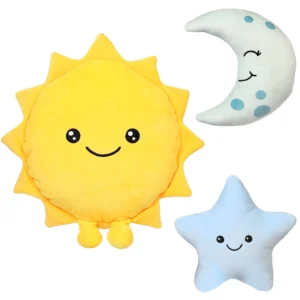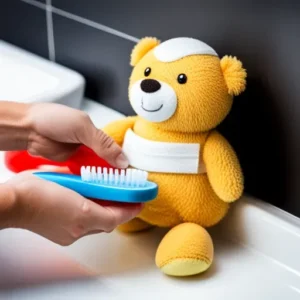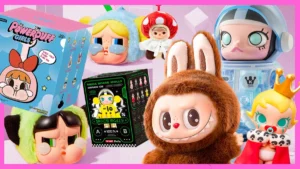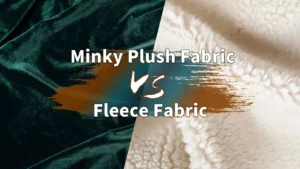Teddy bears are beloved plush companions worldwide. But why exactly do we call these stuffed bears “teddy bears”? The story blends history, culture, and clever marketing that shaped a toy icon.
The term “teddy bear” originates from U.S. President Theodore “Teddy” Roosevelt’s 1902 hunting trip, where a bear cub rescue story inspired toy makers. Since then, teddy bears have evolved in design and cultural significance, becoming enduring favorites in children’s collections globally.
Let’s explore the fascinating history and significance behind teddy bears.
1.What Is the Historical Origin of the Term “Teddy Bear”?
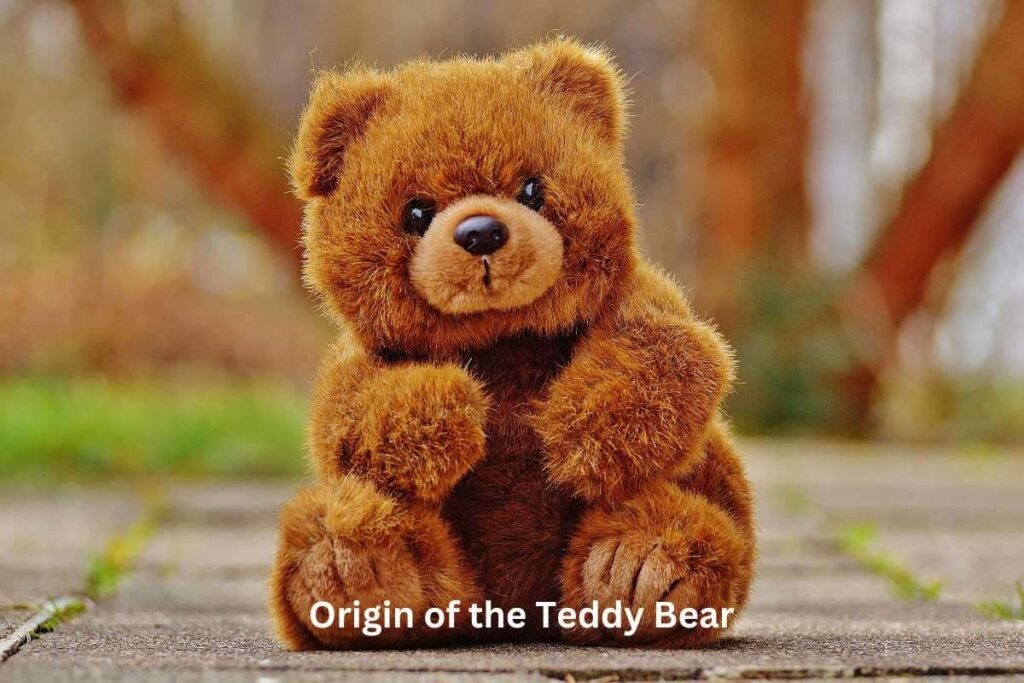
The name “teddy bear” traces back to early 20th-century America, linking a political figure with a new toy craze.
The term “teddy bear” was coined after a 1902 incident involving President Theodore Roosevelt, who famously refused to shoot a captured bear cub during a hunting trip. Toy makers capitalized on this story, naming their stuffed bear creations “teddy bears.”
Early Origins of the Teddy Bear
The story began when President Roosevelt joined a hunting expedition in Mississippi. After others failed to catch a bear, Roosevelt’s aides captured and tied a bear cub to a tree for the president to shoot. Finding this unsportsmanlike, Roosevelt refused.
Cartoonist Clifford Berryman illustrated this event in a newspaper cartoon, sparking public interest. Inspired toy makers Morris Michtom in the U.S. and Richard Steiff in Germany separately developed stuffed bears named “Teddy’s bear.”
| Year | Event | Significance |
|---|---|---|
| 1902 | Roosevelt hunting incident | Origin of “teddy bear” name |
| 1903 | Morris Michtom creates teddy bear | Start of commercial sales |
| 1903 | Richard Steiff designs plush bear | Parallel invention in Europe |
This mix of history and creativity launched a new toy phenomenon.
2.How Did Teddy Roosevelt’s Story Influence the Naming of Teddy Bears?

Roosevelt’s personal values and popularity gave the toy its name and emotional appeal.
Roosevelt’s image as a strong yet compassionate leader resonated with the public, making the teddy bear a symbol of kindness and innocence, appealing to both children and adults.
Roosevelt’s Impact on Teddy Bear Branding
Roosevelt was known as a rugged outdoorsman but also showed mercy and fairness. His refusal to shoot the bear cub highlighted these traits.
Morris Michtom’s wife suggested naming the toy “Teddy’s bear,” linking the president’s nickname to the cuddly toy. This association humanized the bear and made it relatable.
Marketing campaigns emphasized Roosevelt’s story, making the teddy bear more than just a toy—it became a cultural icon embodying values of empathy and protection.
| Aspect | Impact | Result |
|---|---|---|
| Roosevelt’s persona | Compassion & strength | Positive toy association |
| Public interest | Widespread media coverage | High demand for teddy bears |
| Marketing strategy | Emotional storytelling | Brand identity and loyalty |
The connection to Roosevelt helped teddy bears gain rapid popularity.
3.Which Cultural Factors Contributed to the Popularity of Teddy Bears Worldwide?

Beyond the U.S., teddy bears captured hearts due to their universal themes and adaptability.
Teddy bears symbolized comfort, companionship, and childhood innocence across cultures, helping them become cherished gifts and collectibles worldwide.
Global Cultural Appeal
Comfort and Security:
Teddy bears offer children a sense of safety, often becoming their first “friend” and soothing presence.
Symbol of Love:
They are common gifts for birthdays, holidays, and celebrations, symbolizing care and affection.
Media and Literature:
Books, movies, and cartoons featuring teddy bears increased their cultural presence, fueling global demand.
Adaptability:
Manufacturers adapted teddy bears’ designs to reflect local tastes, colors, and fashions, broadening appeal.
| Cultural Factor | Influence | Example |
|---|---|---|
| Emotional Comfort | Emotional attachment | Sleep companions for children |
| Gift Giving | Symbol of affection | Valentine’s Day gifts |
| Media Presence | Popular culture reinforcement | Teddy bear characters in films |
| Local Adaptations | Regional design variations | Traditional costumes on bears |
These factors helped teddy bears transcend their origins to become global icons.
4.How Has the Design of Teddy Bears Evolved Since Their Inception?
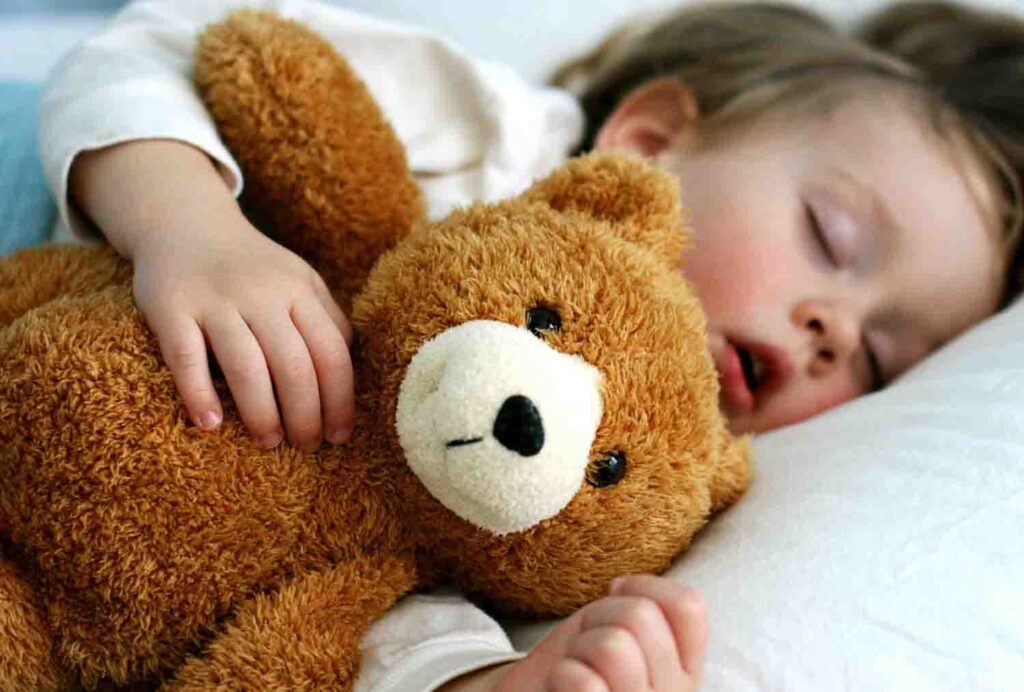
From simple early designs to today’s sophisticated plush toys, teddy bears have undergone many changes.
Teddy bears have evolved in materials, construction techniques, and aesthetics to improve softness, durability, and realism while allowing for customization and innovation.
Teddy Bear Design Evolution
Early 1900s:
Made with mohair fabric and wood or glass eyes. Bears were firm and less cuddly.
Mid-20th Century:
Introduction of synthetic fabrics like plush polyester and safety eyes improved softness and safety.
Modern Era:
Advances in stuffing materials, articulation (movable joints), and embroidery allow for highly customizable designs.
Customization:
OEM and ODM services let buyers add logos, colors, and unique features, broadening product lines.
| Era | Materials Used | Design Features |
|---|---|---|
| Early 1900s | Mohair, wood/glass eyes | Firm, handcrafted |
| Mid-1900s | Synthetic plush, plastic eyes | Softer, safer for kids |
| 21st Century | Advanced stuffing, embroidery | Customizable, articulated |
These changes enhance consumer appeal and allow products to match market trends.
5.What Distinguishes a Teddy Bear From Other Stuffed Animals in Manufacturing?
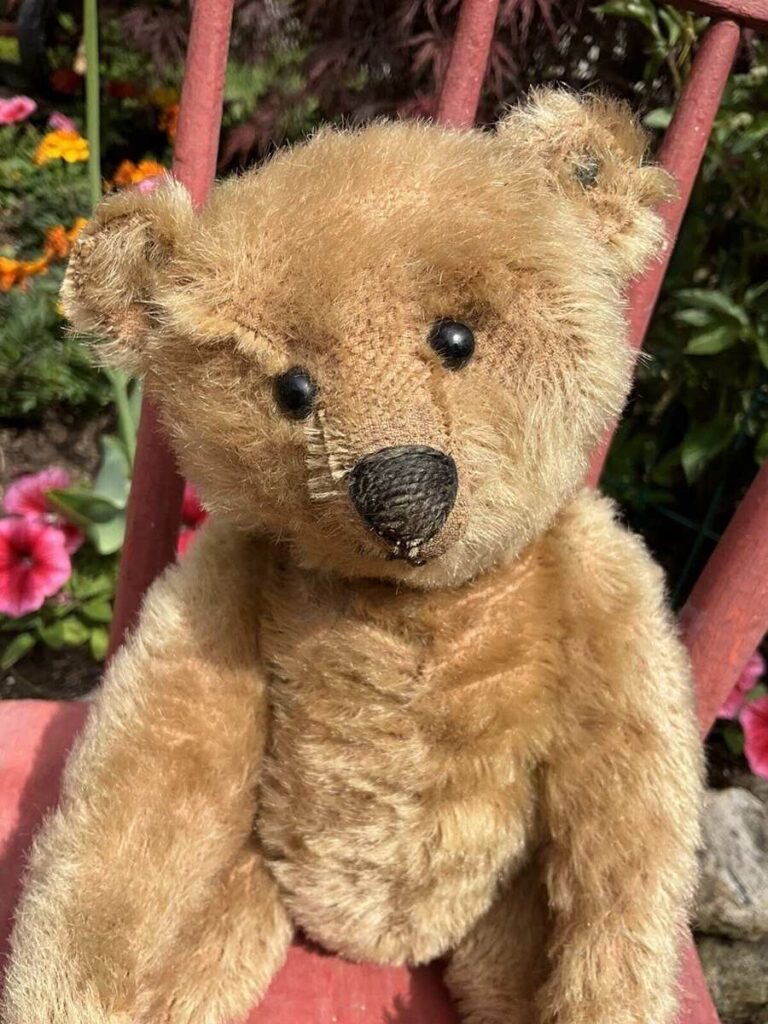
Though all are plush toys, teddy bears have unique design and cultural expectations.
Teddy bears typically feature rounded ears, snub noses, and soft, cuddly bodies, combined with symbolic branding tied to Roosevelt’s legacy. These traits distinguish them from other stuffed animals.
Teddy Bear vs. Other Stuffed Animals
Design Elements:
Teddy bears maintain a traditional bear-like appearance but with exaggerated, child-friendly features.
Material Quality:
High-quality materials are often used to meet customer expectations of softness and durability.
Branding:
Teddy bears often come with tags, ribbons, or story cards explaining their heritage.
| Feature | Teddy Bears | Other Stuffed Animals |
|---|---|---|
| Ear Shape | Rounded | Varies (pointed, floppy) |
| Nose Shape | Short, rounded | Can be elongated or pointed |
| Symbolism | Linked to Roosevelt’s story | Less cultural symbolism |
| Marketing | Emphasizes nostalgia & comfort | Focused on character traits |
These distinctions support premium pricing and brand positioning.
6.How Do Teddy Bears Impact Consumer Perception in the Plush Toy Market?

Teddy bears evoke nostalgia, trust, and emotional connection, influencing consumer buying behavior.
Consumers associate teddy bears with safety, quality, and tradition, making them top choices for gifts and children’s toys. This perception drives steady demand and brand loyalty.
Consumer Psychology Around Teddy Bears
Nostalgia:
Adults often buy teddy bears to reconnect with childhood memories or share comfort with their children.
Gift Appeal:
Their symbolic meaning enhances their value as presents for celebrations.
Trust and Safety:
Established brand reputation and certifications reassure buyers about product safety.
Collectability:
Limited edition or themed teddy bears attract collectors, expanding market segments.
| Consumer Factor | Impact on Buying Behavior | Market Effect |
|---|---|---|
| Nostalgia | Repeat purchases | Stable demand |
| Gift Giving | Seasonal sales spikes | Increased volume |
| Safety Assurance | Preference for certified products | Brand loyalty |
| Collectability | Premium pricing | Diversified product lines |
Understanding these helps manufacturers and sellers position teddy bears effectively.
7.Why Do Teddy Bears Remain Iconic in Children’s Toy Collections Today?
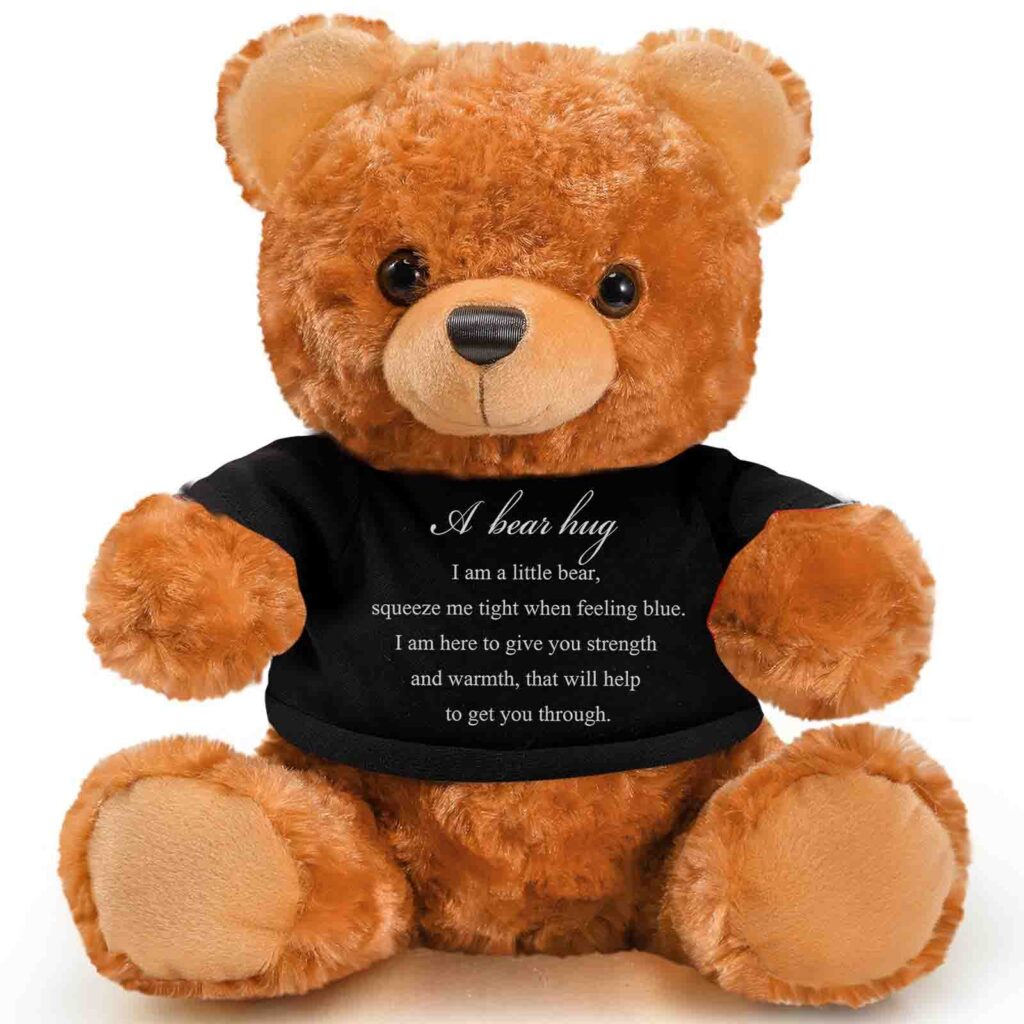
Despite many toy options, teddy bears maintain their iconic status due to timeless emotional appeal and adaptability.
Teddy bears continue to represent comfort, companionship, and childhood innocence, supported by evolving designs and strong cultural roots, ensuring their place in toy collections for generations.
Enduring Appeal of Teddy Bears
Emotional Connection:
They serve as trusted companions and sources of comfort for children.
Versatility:
Teddy bears suit all ages and occasions, from newborn gifts to collectibles.
Cultural Icon:
Their story and symbolism remain relevant through media, education, and family traditions.
Innovation:
Manufacturers keep reinventing teddy bears with new materials, tech features, and designs.
| Reason | Explanation | Example |
|---|---|---|
| Comfort | Emotional bonding | Bedtime companion |
| Tradition | Passed down generations | Family heirlooms |
| Innovation | New designs and tech | Interactive teddy bears |
| Cultural Presence | Featured in media and education | Storybooks and cartoons |
This blend of emotion and evolution keeps teddy bears at the heart of toy markets.
Conclusion
Teddy bears combine history, culture, and design to remain timeless, beloved toys worldwide.
If you want expert help creating customized teddy bears or expanding your plush toy lineup, contact me at [[email protected]]. At Kinwin, we offer quality, certified plush toys tailored to your market needs.




